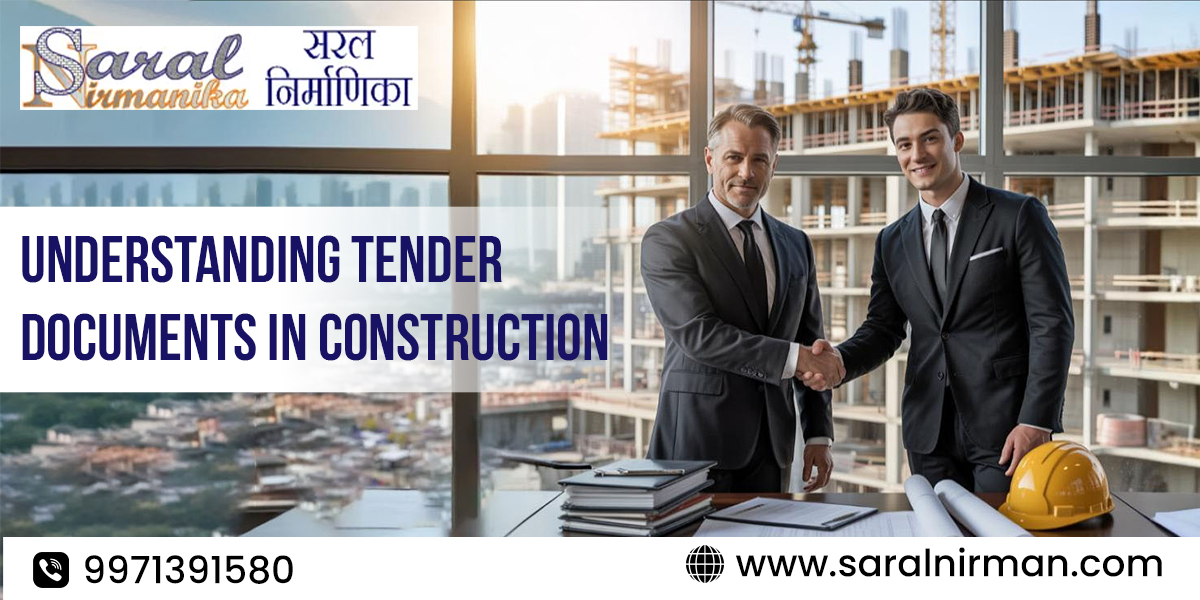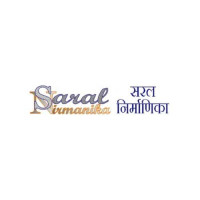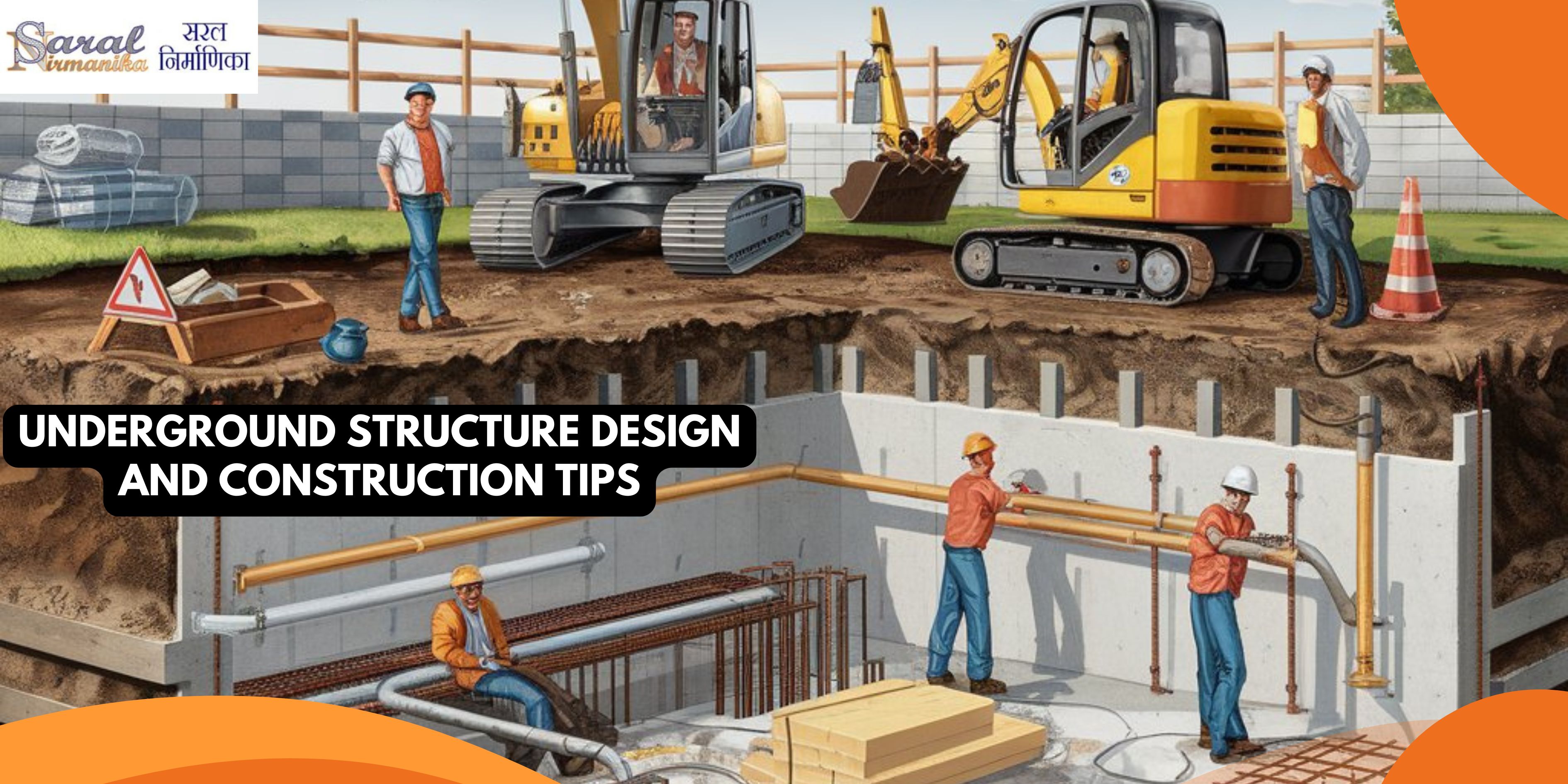Simple Guide to Making Clear Tender Documents for Construction

Strong 8k brings an ultra-HD IPTV experience to your living room and your pocket.
Tender documents are the key to a significant construction project. They act like an easy map, showing contractors what to do, how to bid, and what the project needs. Clear documents stop mix-ups, help pick the best contractor, and keep projects on time. This guide shows how to make tender documents in construction that are simple and correct. It explains why they matter and what to put in them, and it gives easy tips on how to start projects well with clear plans and good teamwork.
What Are Tender Documents in Construction?
Tender documents in construction are packets that tell contractors about a construction project they can bid on. They have drawings, rules, and details like materials and due dates. These documents make the project’s goals, costs, and timeline clear. Good tender documents ensure contractors know what to do. They also connect project owners with bidders, keep bidding fair, and help choose the right contractor for a strong project start.
Why Tender Documents Matter
Tender documents in construction are crucial for planning and finishing projects. They let owners share their plans clearly so there are no delays, extra costs, or mistakes. They make bidding fair by listing exactly what’s needed so owners can pick the best contractor. Clear documents cut down on fights and build trust with everyone. In short, good tender documents make projects run smoothly and help teams work better together.
What to Include in Tender Documents
Good tender documents need these parts to be clear:
Project Scope: Shows the work and goals, like tasks and results.
Technical Details: Lists materials and rules for quality.
Cost Breakdown: Gives prices and amounts for materials and work.
Contract Terms: Sets due dates, payments, and job rules.
Bidding Instructions: Tells how and when to send bids.
These parts keep documents neat and easy to understand so contractors can bid confidently.
How to Make Tender Documents
Making clear tender documents takes a few easy steps:
Set Goals: Write the project’s purpose and main tasks.
Add Details: Put the correct drawings and material lists in order.
Give Fair Due Dates: Set realistic dates for bids and work.
Use Simple Words: Write clearly so everyone gets it.
Check Twice: Look for mistakes and fix them before sharing.
These steps make tender documents professional and simple for bidders to use.
Mistakes to Avoid
Mistakes in tender documents can cause problems like confusion or delays:
Unclear Words: Fuzzy terms make bidders guess wrong.
Missing Details: No drawings or plans confuse contractors.
Short Due Dates: Tight timelines scare off good bidders.
Mixed-Up Details: Wrong costs or dates cause trouble.
Check documents carefully and ask an expert to help. Clear documents make bidding fair and easy.
Ensuring Accuracy for Fair Bids
Correct tender documents are a must for fair bids and good results. Wrong details can lead to mix-ups or extra costs. Work with experts, like builders or planners, to write and check documents. Use plain words to explain rules and needs clearly. Add drawings to show what’s required. Update documents if plans change. Check costs, amounts, and dates to catch errors. Correct documents help pick the right contractor and meet project goals.
Tips for Simple Tender Documents
Simple tender documents save time and prevent mistakes. They also help bidders reply quickly. Use templates to keep documents the same every time. Split big details into small, clear bits. Skip extra stuff that might confuse bidders. Share documents online so everyone can see them easily. Let bidders ask questions to clear up doubts. Simple documents bring more good bids and make bidding quick and smooth.
Using Technology to Help
Technology makes tender documents easier to create and share, saves time, and cuts errors. Tools like Building Information Modeling (BIM) make correct project plans. Online sites let bidders get and send documents fast. Error-checking tools find mistakes quickly. Cloud systems share updates right away, so everyone has the latest version. Technology clarifies documents, reduces paper, and speeds up bidding for all.
Benefits of Effective Tender Documents
Well-crafted tender documents offer numerous advantages:
They make plans clear so there are fewer fights or mix-ups.
Correct documents attract skilled contractors who give strong bids.
Precise due dates keep projects on track with no delays.
Fair documents build trust between owners and contractors, improving teamwork.
Good documents save time and money by cutting fixes or extra questions, helping projects finish on time and budget.
Make Tender Documents Better with Saral Nirman
Improving tender documents is key to better construction projects. Review past work to find what went well and what caused issues. Ask contractors for feedback and fix missing or unclear details. Stay up-to-date with the latest building regulations and train your team to write clear, concise documents. Utilize modern tools to expedite the process. For the best results, trust Saral Nirman. We create complete, easy-to-understand, and compliant tender documents that save you time and effort. With Saral Nirman, your construction projects run smoother, faster, and with fewer errors. You can choose Saral Nirman for a better chance of project success.
Conclusion
Tender documents in construction are the heart of significant projects. Clear, correct, and simple documents help find the right contractor and keep projects going smoothly. Use plain words, technology, and lessons from past projects to make them awesome. Avoid mistakes and focus on clarity to build trust and get good results. For more tips, visit Saral Nirman. Start making better tender documents today for awesome projects tomorrow.
FAQ Content
What are tender documents in construction?
They are packets that explain a project’s goals, costs, and rules to contractors who want to bid. Clear documents help pick the right contractor and keep projects on track.
Why are tender documents important?
They share clear plans, avoid delays, and ensure fair bidding for choosing the best contractor. Good documents build trust and make projects run smoothly.
What should tender documents include?
Include project scope, technical details, costs, contract terms, and bidding instructions. These parts make documents easy to understand and help contractors bid well.
How can I make tender documents simple?
Use plain words, templates, and online sharing, and let bidders ask questions. Simple documents save time and bring more good bids.
How does technology help with tender documents?
Tools like BIM and online platforms create accurate plans and speed up bidding. They cut errors, reduce paper, and keep everyone updated.
Note: IndiBlogHub features both user-submitted and editorial content. We do not verify third-party contributions. Read our Disclaimer and Privacy Policyfor details.





